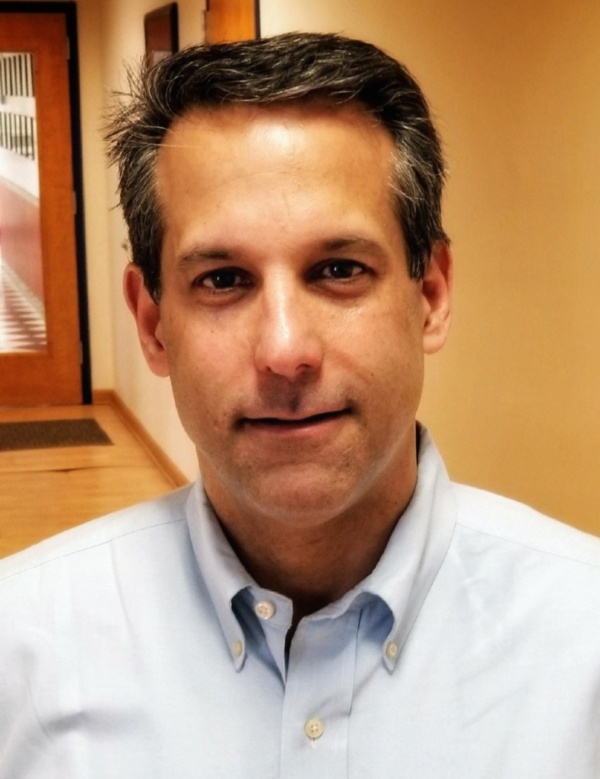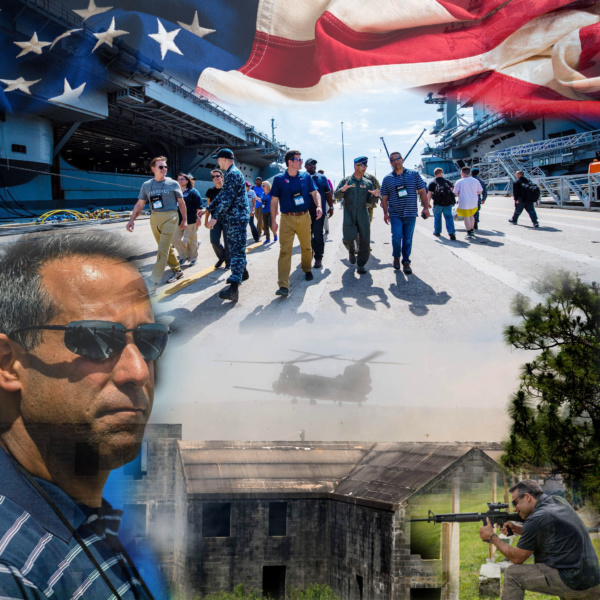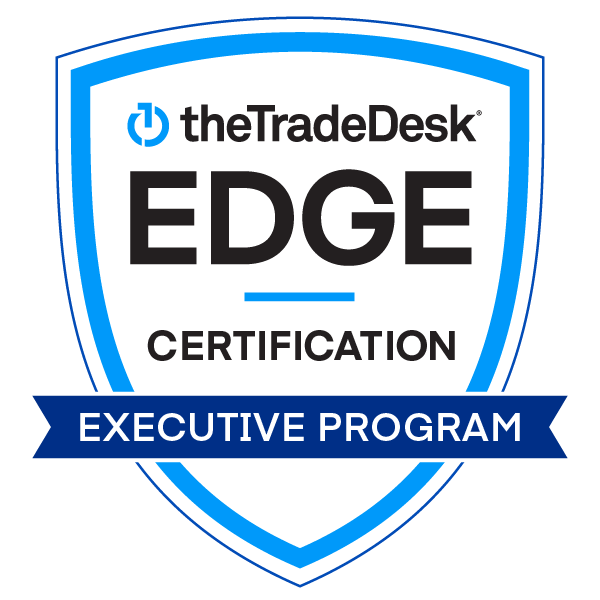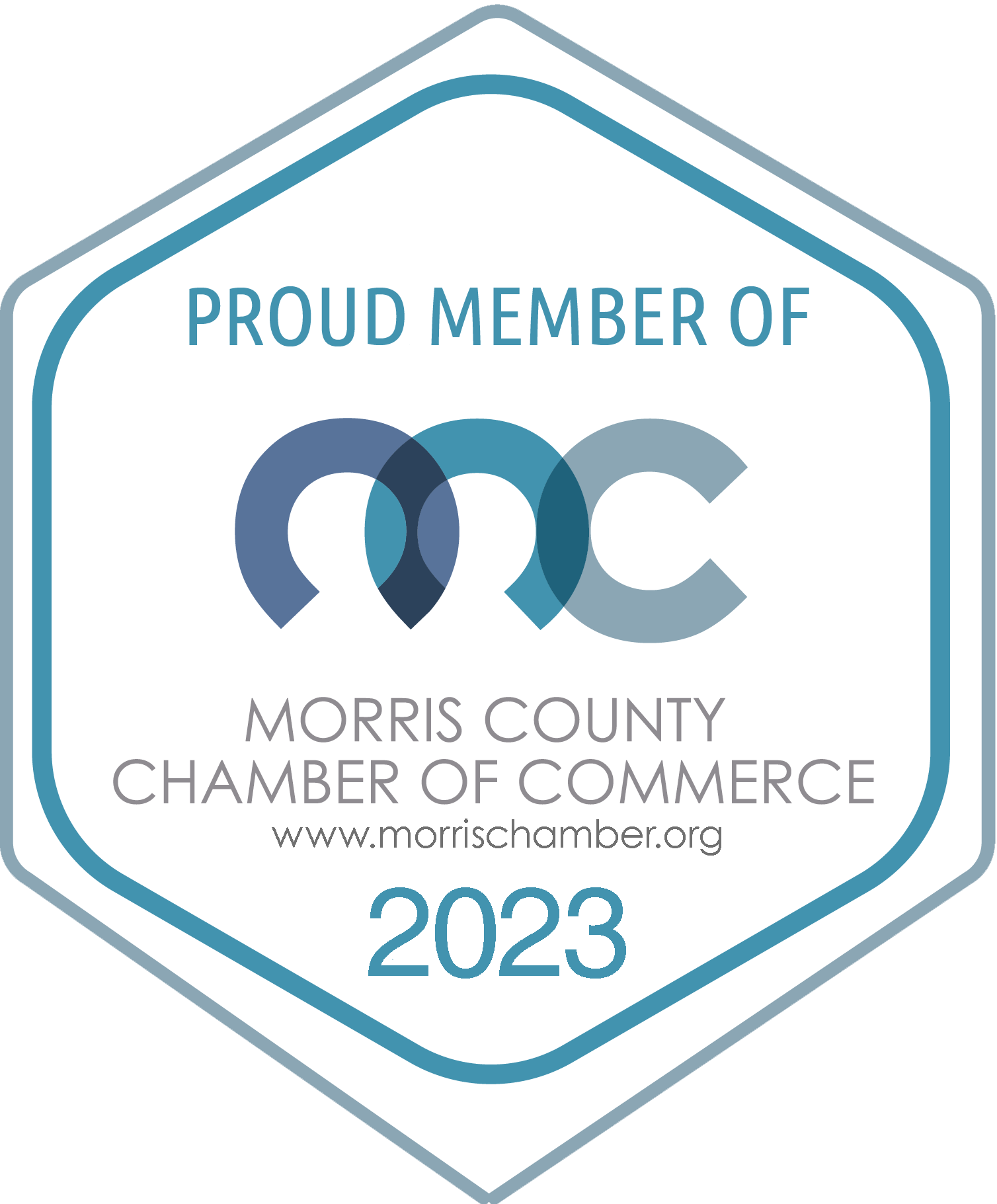
Public Relations: On the Front Lines of Battling False Information
 As the antenna, conscience, and voice of the organization, the public relations profession is on the front lines of identifying and dealing with information warfare. While several business and communication disciplines — including public relations — help build and drive brands, reputation, and sales, public relations stands alone in the broader effort of building mutually beneficial relationships, connecting people and ideas, and providing a voice in the marketplace of ideas, facts, and viewpoints to aid informed public debate. The currency of public relations is trust and evidence is clear that disinformation undermines trust, erodes communication channels, and significantly disrupts our democracy, economy, workplaces, and communities – basically, our entire way of life.
As the antenna, conscience, and voice of the organization, the public relations profession is on the front lines of identifying and dealing with information warfare. While several business and communication disciplines — including public relations — help build and drive brands, reputation, and sales, public relations stands alone in the broader effort of building mutually beneficial relationships, connecting people and ideas, and providing a voice in the marketplace of ideas, facts, and viewpoints to aid informed public debate. The currency of public relations is trust and evidence is clear that disinformation undermines trust, erodes communication channels, and significantly disrupts our democracy, economy, workplaces, and communities – basically, our entire way of life.
Information Warfare comes in several forms
- Mis-information. False information – but not created with negative intent.
- Dis-information. False information, specifically created to harm a person, social group, organization, or country.
- Mal-information. Information based on reality … but used to inflict harm on a person, organization, or country.
Information Warfare is a significant threat
According to the Institute for Public Relations’ 2019 Disinformation in Society Report, 63 percent of Americans view disinformation as a “major” problem in society, on par with gun violence (63%), and terrorism (66%). More than half (51%) of respondents said they encounter disinformation at least once per day, while 78% said they see it once each week.
The 2019 Edelman Trust Barometer revealed that 73% of those surveyed worry that misinformation, fake news, and digital bots are modern weapons of propaganda.
A study by three MIT scholars found that false news spreads more rapidly on the social network Twitter than does real news. False news stories are 70% more likely to be retweeted than true stories and it takes true stories about six times as long to reach 1,500 people as it does for false stories to reach the same number.
In addition, repetition of misinformation increased perceptions of its accuracy, per a study from McMaster University.
Information Warfare has an impact
While Russian disinformation campaigns in the U.S. garner tremendous attention, a 2019 University of Oxford study found evidence of organized social media manipulation campaigns in 70 countries, up from 48 countries in 2018, and 28 countries in 2017. “Around the world, government actors are using social media to manufacture consensus, automate suppression, and undermine trust in the liberal international order,” the report said.
Beyond political or governmental entities, organizations and individuals are often the victims and perpetrators.
In 2017, anonymous online messages spread a false campaign against Starbucks, by posting bogus tweets to promote “Dreamer Day,” on which the company was supposedly giving free drinks to undocumented immigrants. And, Coca-Cola was forced to address false reports about a Dasani bottled water recall caused by “clear parasites.”
In 2015, the Securities and Exchange Commission “filed securities fraud charges against a Scottish trader whose false tweets caused sharp drops in the stock prices of two companies.” A Canadian couple used the Web and social media to inflate the stock of companies with small capitalizations and then pocketed $2.4 million by selling shares of those companies. In India, 10 people were killed by lynch mobs after false information about child abduction gangs spread rapidly on WhatsApp.
In Nigeria, police say false information and incendiary images on Facebook have contributed to more than a dozen recent killings in an area plagued by ethnic violence.
How do Deal with Disinformation
- Real-time listening and monitoring is essential, as is quickly identifying false or misleading information that impacts an organization.
- Invest heavily in trust, relationships, and a good-will reservoir so your organization can withstand an attack.
- Make ethics a priority and keep your house in order
- Prepare and have plans in place to address false or misleading information.
- Identify and cultivate third-party advocates who can speak on your behalf.
- Quickly knock down misinformation.
Michael Cherenson, ARP, Fellow PRSA
Executive Vice President, SCG Advertising + Public Relations
Parsippany, NJ
12 Things Everyone Can Learn From Our Military
 Lessons from a week-long experience, featuring the Secretary of Defense, some generals and admirals, and scores of young men and women in uniform
Lessons from a week-long experience, featuring the Secretary of Defense, some generals and admirals, and scores of young men and women in uniform
In March, I was selected to participate in the Joint Civilian Orientation Conference (JCOC), the oldest and most prestigious U.S. Department of Defense public liaison program. As one of 36 JCOC participants, I spent seven days, from June 10-16, 2018, at military installations throughout the southeast, engaging with senior military officials and U.S. service members. In addition to participating in tactical training exercises, our group was provided top-level briefings that gave us a deeper understanding of the roles and
mission of the U.S. Armed Forces, with emphasis on skills, capabilities, and the equipment employed in defense of our nation.
The experience was life-changing.
OUR JOURNEY
My journey began with a deep respect for all who’ve served – including my father and several uncles – but also an unease about war, particularly as a first option.
JCOC kicked off at the Pentagon with an executive breakfast featuring top commanders and senior leaders, followed by a question-and-answer session with Secretary of Defense James Mattis. We then traveled to U.S. Coast Guard Sector Charleston, SC; Marine Corps Recruiting Depot, Parris Island, SC; the 23d Air Wing, Moody AFB, GA; U.S. Army Special Operations Command, Fort Bragg, NC; and Norfolk Naval Station/Joint Expeditionary Base Little Creek, Norfolk, VA.
I shared my journey with top-notch, civilian leaders from both the public and private sectors – a veritable “Who’s Who” of those heading some of our nation’s largest, best-known, or impactful organizations. We not only shared a path, we also helped each other broaden our perspectives.
As a tiny sampling of some things I saw and did, at Fort Bragg we spent the day with U.S. Army Special Operations and took part in a simulated hostage situation. At the conclusion of the day we were “rescued” from a rooftop by the Army Rangers who “took down” a small town – with bombs, bullets, dogs, helicopters, and sharpshooters – and ushered us to safety on Chinook helicopters. From there, we were taken to a dormant airfield, where we ventured into the woods, dined on road-kill prepared by the Army’s top survival specialists, and then celebrated the Army’s 243rd birthday with the Green Berets singing the Army song and eating cake cut by swords. And that was just one of seven days.
I began the week having never fired a gun – and before it ended, I’d been on a target range with an M-16, M-4, SR-26, M2010, M110, and a Glock handgun. Each of these weapons feature tremendous power, which they, in turn, convey to all who use them. My overall experience, both with the weapons and those who regularly use them – served to reinforce my long-held belief that with power comes responsibility and a duty to practice restraint. I was pleased to learn this perspective is shared by those servicemen and women I met during my participation in the JCOC program.
IN AWE OF OUR MILITARY
Beyond the bombs and bullets, ships and jets, there were the people – the men and women of the armed forces, many of whom are younger than 20 – who are the essence of the U.S. military. Beyond bravery and service were core values common to all – loyalty, duty, respect, integrity, and honor. Beyond the uniforms and crisp salutes was a resolute professionalism, academic rigor, leadership development, and relentless drive towards improvement. I was in awe of the military might I saw displayed, and humbled by the sacrifice of others. As much as I learned about our Armed Forces, I learned even more about our society and humanity.
KEY TAKEWAYS
There’s a great deal that 99 percent of us can learn from the less than one percent of all Americans currently serving in the military (of note, 70 percent of eligible Americans cannot serve, due to poor health/fitness, addiction, a criminal record, or related issues).* Here are several key items:
- Develop, articulate, and live your core values. Stand for something bigger than yourself.
- Commit yourself to life-long learning, re-tooling, and re-training. Constantly and rigorously assess and evaluate.
- Life is filled with important assignments – each is much like a mission. Have a clear objective and communicate it widely, up and down the literal or figurative chain of command.
- No person or organization is an island unto itself. Appreciate and understand your responsibilities, and be ready to learn from others.
- Have a Plan B and a Plan C at the ready … and be prepared to use them if a situation evolves.
- Respect yourself and others; fill your personal foxhole with those you trust.
- Take care of your body, mind, and soul.*
- Stress is natural and inevitable – learn to work with it.
- Discipline is far more than just a loud voice. It’s about commitment to training, teamwork, and others.
- Everyone can be a leader, no matter what their rank or title.
- Always give yourself and others a second chance.
- Put the needs of those under your command or direction ahead of your own.
SUMMARY
We rarely saw service personnel wearing their military finest — most were typically clad in camouflage-style uniforms. This style is certainly more functional and comfortable, and the ultimate aim is to blend into the environment. Yet the more we saw of the men and women representing the various branches of our military, even in their camo garb, the less they blended in and the more they stood out for the heroes they are.
While we may not all agree about certain policies or missions, my hope is that we stand together in respecting those who stand ready to defend our country.
Check out the story featured on ROI-NJ.COM
# # #
Day 1 – Pentagon/U.S. Coast Guard Sector Charleston, SC VIDEO SUMMARY, PHOTOS
Day 2 – Marine Corps Recruiting Depot, Parris Island, SC, VIDEO SUMMARY, PHOTO SUMMARY
Day 3 – 23d Air Wing, Moody AFB, GA, VIDEO SUMMARY, PHOTO SUMMARY
Day 4 – U.S. Army Special Operations Command, Fort Bragg, NC , VIDEO SUMMARY, PHOTO SUMMARY
Day 5 – Norfolk Naval Station/Joint Expeditionary Base Little Creek, Norfolk, VA, VIDEO SUMMARY, PHOTO SUMMARY









